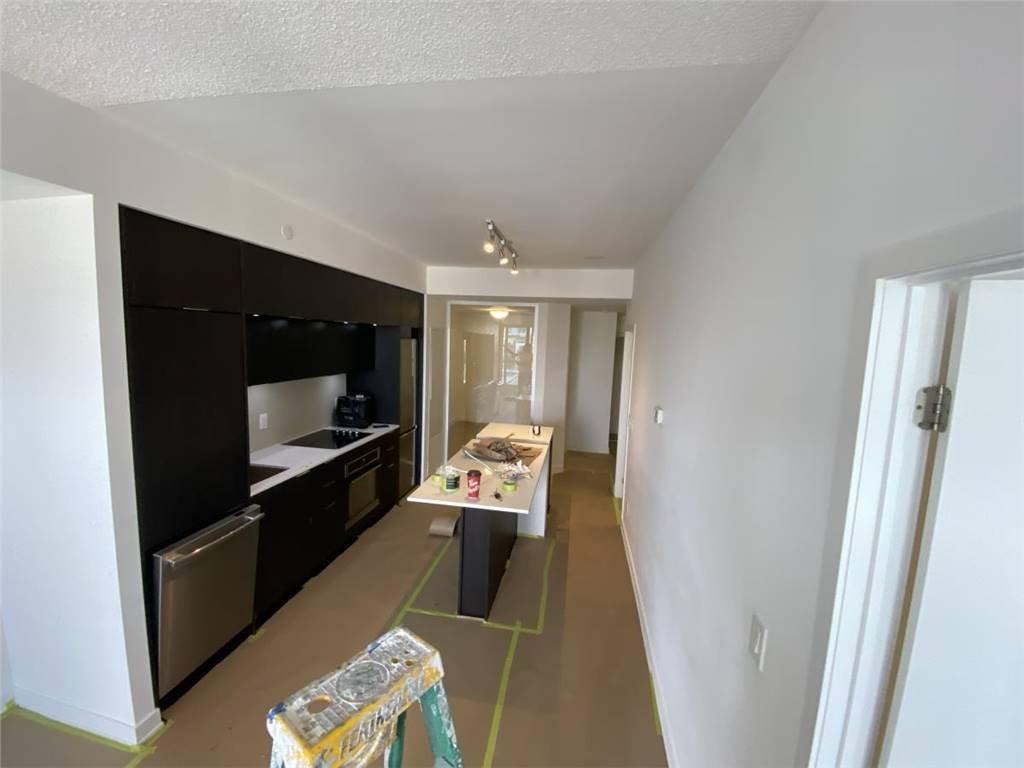
5 Factors To Consider Before Conducting An Interior Paint Job
When it comes to painting the inside of your home, there are a few factors you need to take into consideration before getting started. With so many paint colors and finishes to choose from, it can be overwhelming trying to decide what is right for your space. This blog post will outline the 5 most important things to keep in mind when conducting an interior paint job, so that you can make the best decision for your home.
Things to Consider Before Conducting an Interior Paint Job
1. The first factor to consider before conducting an interior paint job is the type of paint you will use.
When painting interiors, you should use a paint that is formulated for interior walls. Interior paints are designed to adhere to wall surfaces and to resist dirt and moisture buildup. They also typically contain mildewcide to protect against the growth of mold and mildew.
Most interior paints are latex-based, which means they are water-based. They can be cleaned up with soap and water, making them easy to use. Latex paints also tend to be less odoriferous than oil-based paints, so they are less likely to irritate your nose or throat while you are painting.
2. The second factor to consider is the color of the paint. You should choose a color that compliments the existing decor in the room.
The colors you use when painting your interiors will depend on the overall style of your home. If you have a modern home, then using brighter colors may be a good idea. However, if you have a more traditional style home, then sticking to neutral colors may be the better option. Ultimately, it is up to you to decide what colors you want to use in your home.
3. The third factor to consider is the amount of light that enters the room. This will impact how visible any imperfections in your painting job will be.
The amount of light that enters the room is important when painting interiors. This is because different colors will appear different in different types of light. For example, a pale blue might look very dark in a dimly lit room, while a bright yellow might look very pale. Therefore, it's important to test out your colors in the type of light you'll be painting in before making your final decision.
4. The fourth factor to consider is the surface you are painting on. Some surfaces are more difficult to paint than others.
The surface you are painting on is important when painting the interior.
The type of surface you are painting on will determine the paint's adhesion and how well it covers the surface. For example, porous surfaces like drywall or unprimed wood absorb more paint than shiny surfaces like metal or finished wood, so you'll need to apply more paint to those types of surfaces and may need a primer to help the paint stick.
In addition, some paints are designed for specific types of surfaces - for example, a semigloss paint is ideal for trim because it has a high sheen that helps it reflect light and hide imperfections.
5. The fifth factor to consider is the budget that you are willing to spend on your project.
Your budget is important when painting interior for a few reasons. First, you need to purchase the right supplies. Second, you need to consider how much time the project will take. Third, you need to factor in the cost of labor if you plan on hiring someone to help. fourth, If you're planning on doing any furnishing or decor changes in addition to painting, those costs need to be considered as well.
In short, while your budget may not be the only factor that decides how important painting your interior is, it's definitely a significant one. Be sure to do your research and allocate your funds accordingly! Ultimately, the best way to determine how much you should spend is to consult with a professional painter. They will be able to assess the condition of your walls and make recommendations based on your budget.



